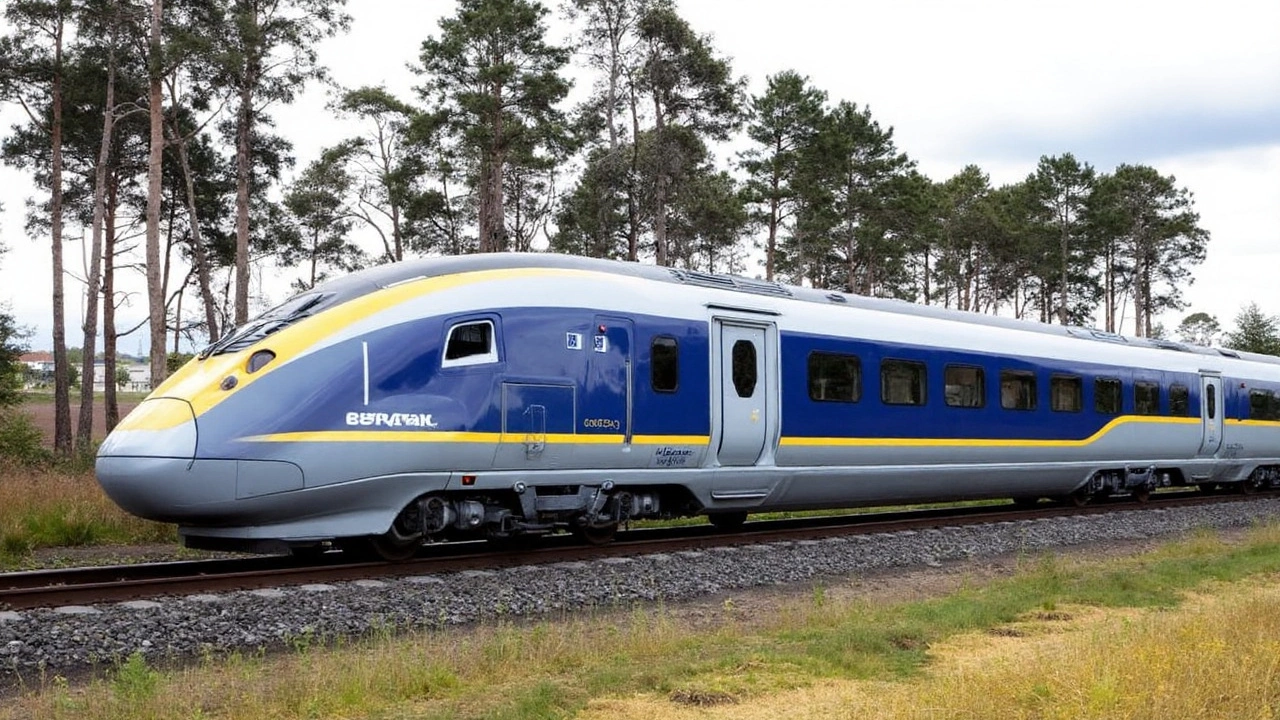Rail‑Air Connectivity for Motorcycle Parts
Ever waited weeks for a spare part and wondered if there’s a faster way? Combining rail and air transport can shave days off the journey. When a part moves by train across Europe and then hops onto a plane for the final stretch, you get the best of both worlds – low cost and quick arrival.
Why Mix Rail and Air?
Rail is cheap and reliable for bulk moves. It can carry dozens of boxes of Derbi MotoSport parts in one go, without the fuel burn of a truck. Air, on the other hand, jumps over borders in hours. By linking the two, you avoid the slow‑poke road traffic and still keep the price down.
Think of it like a relay race. The train runs the long, steady leg, then hands the baton to a plane that sprints to the finish line. The result is a delivery that’s both affordable and fast enough to keep your bike in the shop for a day, not a week.
How It Works for You
When you order a part from Derbi MotoSport, our system checks the nearest rail hub. If a train can get the parcel to a major airport within a day, we book a cargo flight for the last leg. You get a tracking number that shows both the rail segment and the air segment, so you know exactly where your part is.
Because rail schedules are predictable, you get a reliable ETA for the bulk part of the trip. The air segment is scheduled around the train’s arrival, so there’s no waiting around at the airport. This tight coordination cuts the total lead time by up to 40% compared with road‑only delivery.
For shops that need regular supplies, rail‑air routes can be set up as a standing service. That means you never have to call around for a new quote – the same route runs month after month, and you benefit from volume discounts.
Another perk is sustainability. Trains produce far less CO₂ per tonne‑kilometre than trucks. By moving most of the distance on rail, you lower the carbon footprint of each part you order. If your shop promotes green practices, this is a clear win.
In practice, you might see a package leave our warehouse, travel by rail to Frankfurt, and then board a short‑haul flight to London. Within 48 hours, the part is on your workbench, ready for installation.
So next time you need a brake lever, a clutch spring, or a high‑performance exhaust, ask if rail‑air connectivity is an option. It’s a simple change that can save you time, money, and a bit of planet‑care too.
Bottom line: rail‑air connectivity blends the low cost of train freight with the speed of air cargo. For motorsport shops and enthusiasts who can’t afford long waits, it’s the smart way to keep gear moving.
For the first time, a rail operator will join a global airline alliance. Eurostar plans to enter SkyTeam in 2025, opening mileage earning and redemption on trains, plus smoother rail–air connections across Europe and beyond. Expect phased benefits like lounge access, priority services, and coordinated bookings as both sides build the tech for seamless travel.

 Motorsports and Racing
Motorsports and Racing